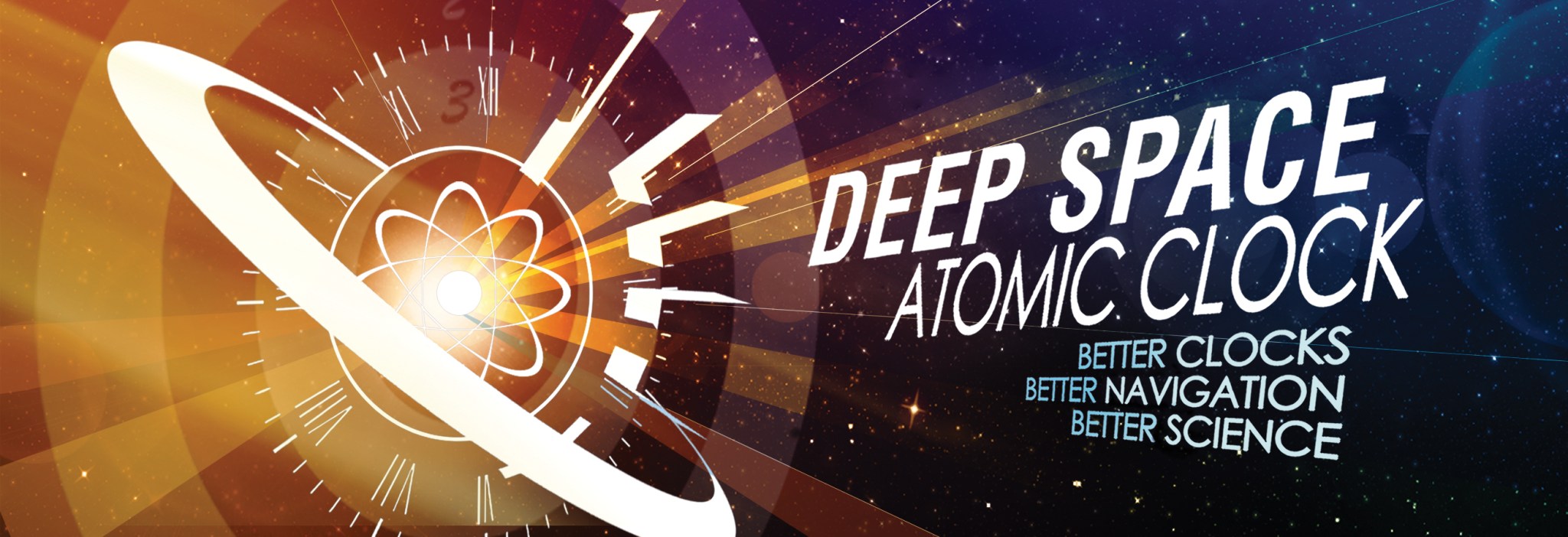A new video from NASA’s Jet Propulsion Laboratory in Pasadena, Calif., uses an engaging animated character named “Sammy the Second” to explore the value and potential impact of the innovative Deep Space Atomic Clock project — a NASA Technology Demonstration Mission to revolutionize deep-space navigation.
The 4-minute video illustrates the role of time in calculating explorers’ positions — from early seafarers who circumnavigated the globe using clocks and the stars, to modern, satellite-based global positioning systems and deep-space radio navigation systems. It explains how the Deep Space Atomic Clock will demonstrate — during a space mission planned for 2015 — use of a small, mercury-ion atomic clock at least an order of magnitude more accurate than today’s best navigation clocks.
Providing unprecedented timekeeping stability and calculating position in space down to the second, the new clock will improve the quality and flow of science and mission data back to Earth. It will enable precise, automated course corrections and could even aid spacecraft landing procedures at destinations across the solar system.
“Our little friend Sammy the Second is finally getting his due,” the video narrator tells us, “paving the way for more precise, efficient space exploration one tick-tock-tick at a time.”
NASA’s Technology Demonstration Missions (TDM) Program bridges the gap between proof-of-concept experimental testing and the final infusion of cost-effective, revolutionary new technologies into NASA missions. Each TDM project provides flight demonstrations in relevant environments to mature laboratory-proven technologies to flight-ready status for future spaceflight missions. The program is managed by NASA’s Marshall Space Flight Center in Huntsville, Ala., for the Space Technology Mission Directorate in Washington.



























